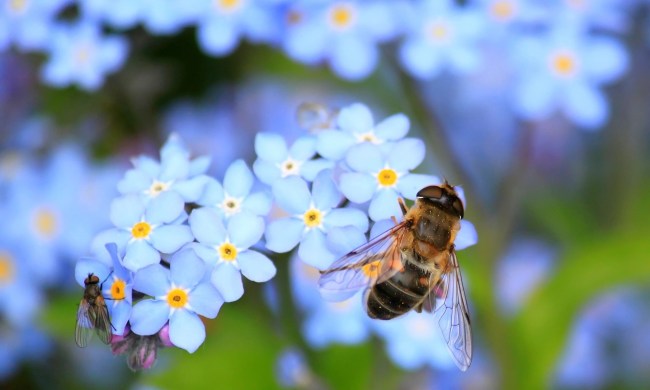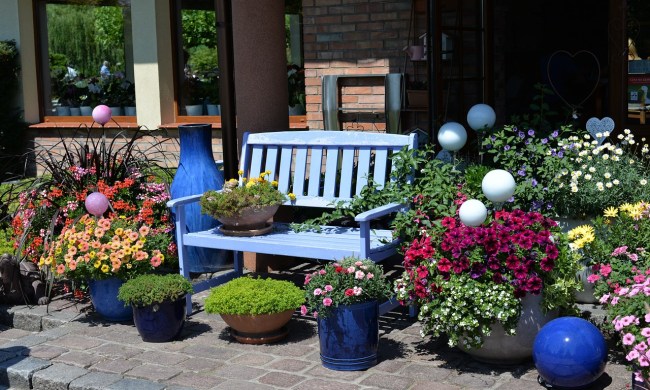If you’re looking for a new, colorful plant to add to your indoor or outdoor collection, then you should consider calathea. Calathea is a genus of plants with remarkable, distinct leaf patterns. Some calathea plants have been moved to the genus goeppertia, but are still referred to as calatheas. They’re native to tropical regions, making them a great choice if you’re looking for an easy-to-grow tropical plant. Calathea comes in a range of colors, patterns, and sizes. If you aren’t sure which variety works best for you, then why not try out one of these six varieties?
Calathea warscewiczii
Also known as jungle velvet and Goeppertia warscewiczii, this variety of calathea has striking green leaves with purple undersides. The name jungle velvet comes from the fuzzy texture of its leaves, and it can grow to a maximum height of roughly four feet tall. This particular calathea is native to Costa Rica and Nicaragua. As you might imagine, it prefers consistent moisture, both in the soil and in the air, with warm temperatures and indirect light. In early spring, this calathea variety might reward you with tall stems and tiny, cream-colored flowers. However, flowering indoors is uncommon, so don’t worry if you don’t see any blooms.
Calathea lancifolia
Whether you call this plant Calathea lancifolia, Goeppertia insignis, or rattlesnake plant, one thing that remains true is its stunning appearance. It has the classic dark green and cream colored leaves associated with many calathea varieties, but with stripes that are more rounded, almost like spots. The leaves are also crimped, with wavy edges that draw the eye. Native to Rio de Janeiro, rattlesnake plants prefer light, consistent moisture and bright, indirect light. They can grow to roughly 2 feet tall, but their narrow leaves mean they don’t take up too much room.
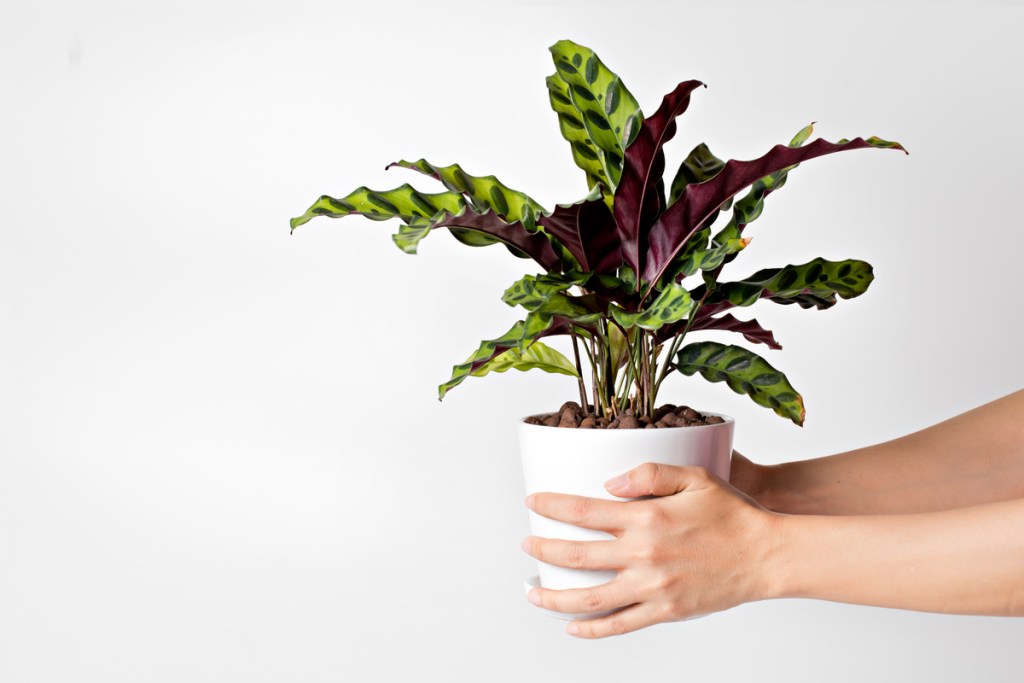
Calathea musaica
Calathea musaica goes by many names, but the typical common name for it is calathea network. The waxy leaves of this plant have a more subtle pattern than other calathea varieties. Rather than large stripes or spots, the leaves are divided into small squares, giving it the appearance of a mosaic. It can grow up to two feet tall and three feet wide, and is native to Brazil. Calathea musaica has similar care requirements to other calathea and goeppertia varieties, but is generally more forgiving, making it a great variety for beginners.
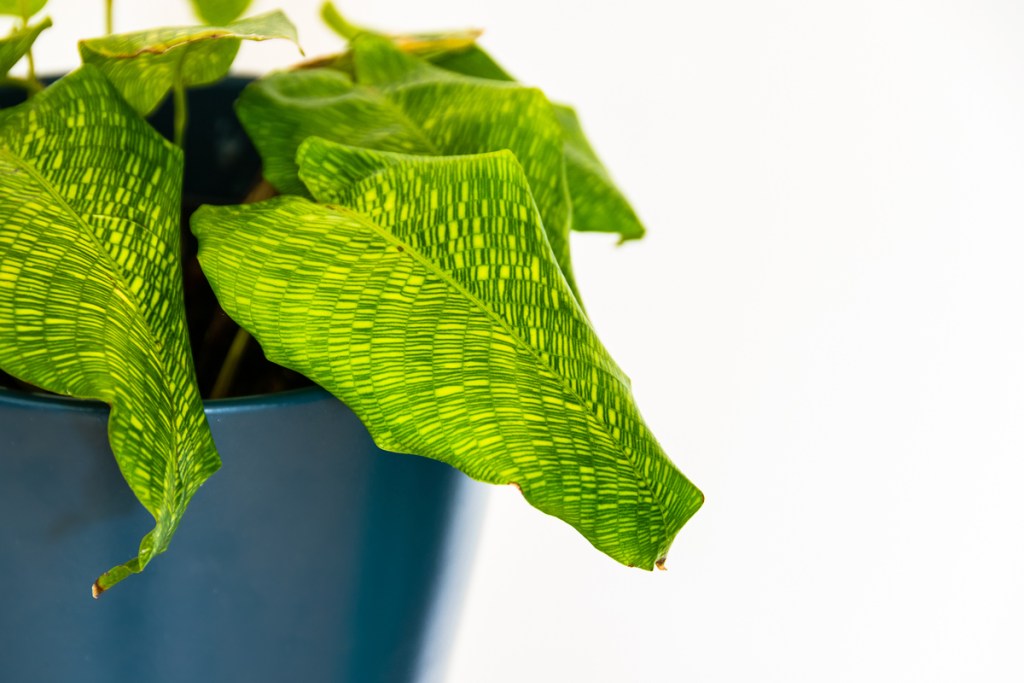
Calathea makoyana
Native to eastern Brazil, Calathea makoyana is also known as the peacock plant or cathedral windows. The name comes from its distinctive oval leaves with lighter centers, darker edges, and darker stripes. This variety flourishes in warm, humid conditions. Keep your Calathea makoyana in bright, indirect light. Although it’s more tolerant of direct light than some other calathea varieties, direct light can dull the colors of its leaves. They can grow up to two feet tall, but grow slowly and take several years to achieve their full height.
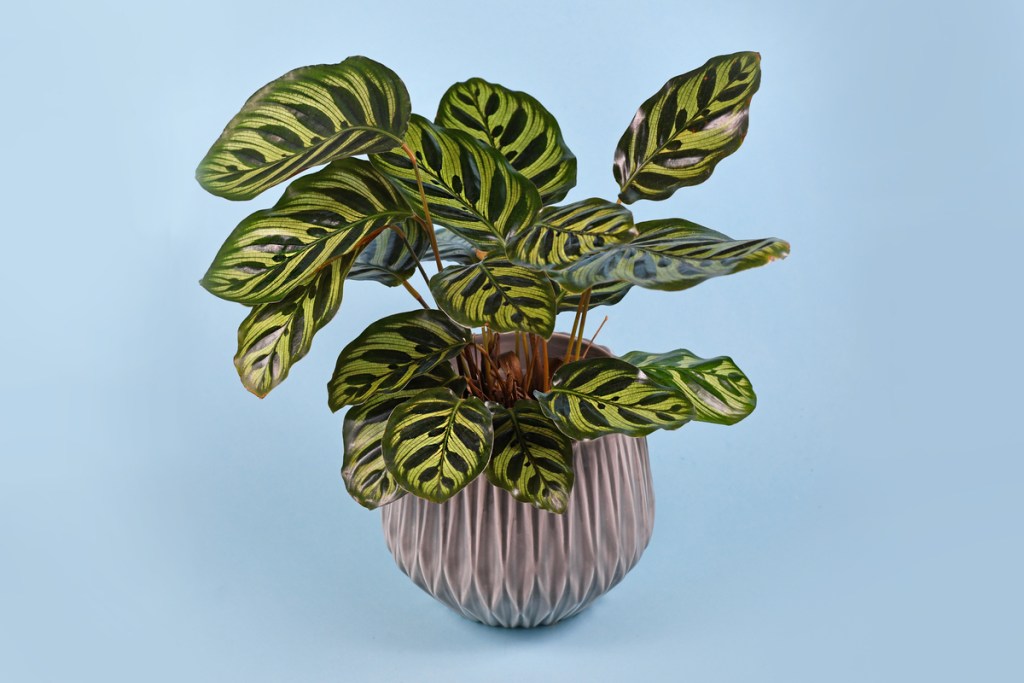
Calathea crocata
Calathea crocata are one of only a handful of calathea varieties that are grown for their flowers in addition to their leaves. Its common name is eternal flame, and it’s easy to see why. They bloom bright orange flowers on tall stems among dark leaves. The flowers last for a couple months before fading. Calathea crocata grows to between one and two feet tall, making it one of the smaller calathea varieties.
This variety is native to the tropical regions of South and Central America, particularly eastern Brazil. Keep your eternal flame out of direct light, or you might see its colors begin to fade. They need warmth and humidity, along with consistently moist but well draining soil.
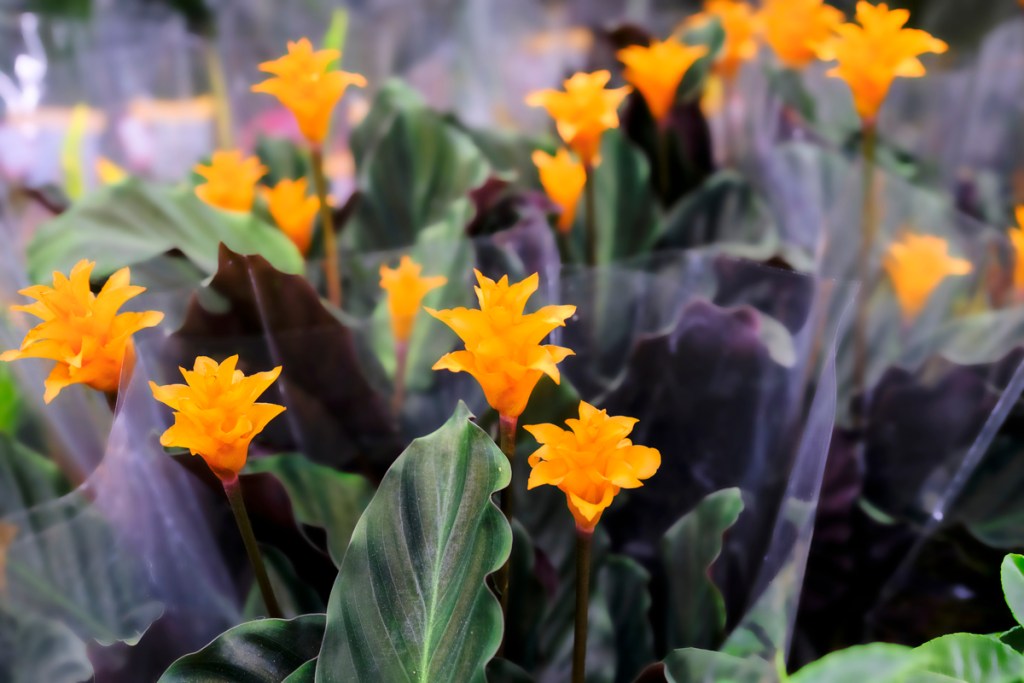
Calathea rufibarba
This native of northeastern Brazil is more commonly known as the furry feather calathea. It gets its name from both the shape and texture of its leaves. The leaves in question are narrow, with crimped edges and a soft, fuzzy underside. The leaves are solid green on top, with a dark red-purple underside, and are not patterned like most calathea varieties. This makes them a great choice if you want something that’s subtle but still interesting.
As with most calathea varieties, this plant prefers warmth, humidity, consistent moisture, and bright, indirect light. It’s slightly more shade tolerant than some varieties, and can grow up to three feet tall. However, this means it can sometimes be in the path of drafts that other varieties avoid, like those from ceiling vents.
These six calathea varieties are great choices to start with. The care requirements vary only slightly, so a large portion of choosing the variety you want to grow involves looking at colors, patterns, and heights. An additional benefit is that all six of these varieties are non-toxic to cats and dogs, so pet owners don’t need to worry. No matter which variety you choose to start with, these delightful and interesting plants are sure to brighten up any room in your home.

